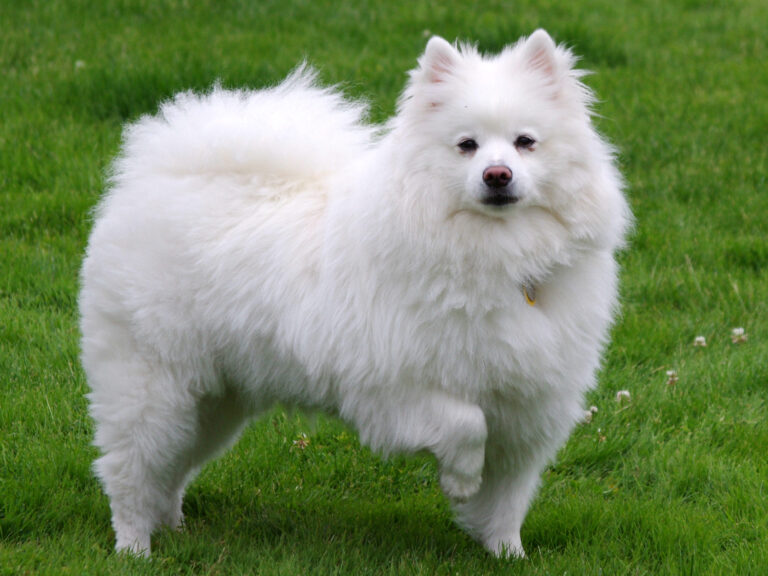10 Smart Moves to Make When an Off-leash Dog Heads Your Way
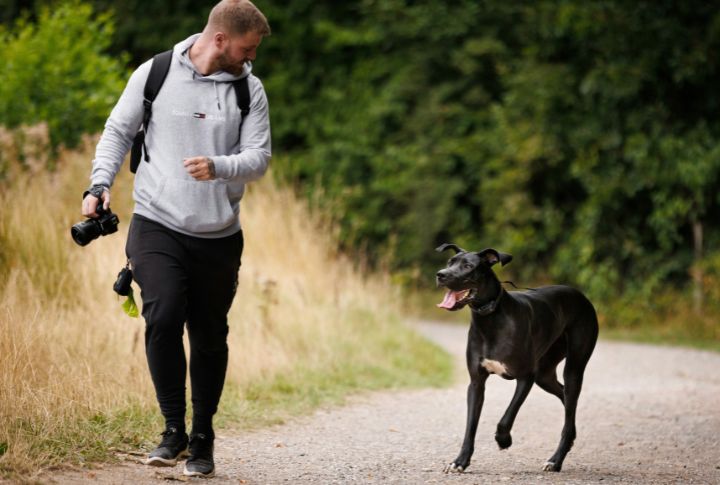
It’s always a bit surprising when an off-leash dog starts approaching you unexpectedly. How you respond in that moment can make a big difference in keeping things safe and calm. This guide will provide you with ten simple steps to help you manage the situation effectively.
Stay Calm and Freeze
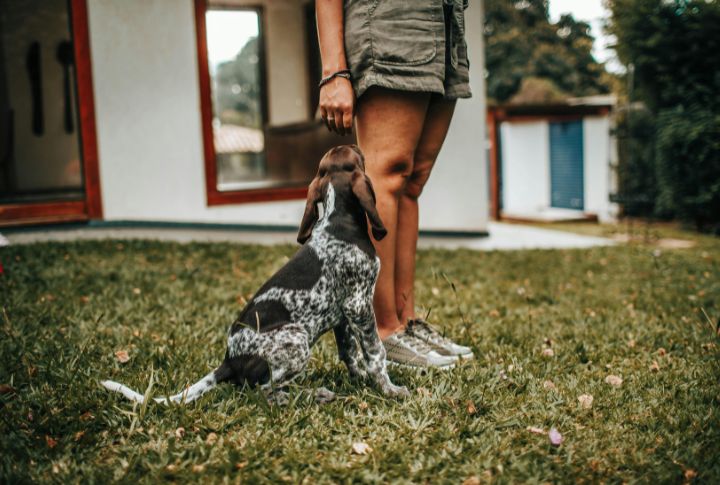
When an off-leash dog approaches, the best initial reaction is to remain still. Running could activate the dog’s natural hunting instinct, causing it to chase. Instead, stand your ground and plant your feet firmly on the ground. Let the dog take its time to assess you. In addition, freezing helps the dog see you as non-harmful.
Avoid Direct Eye Contact
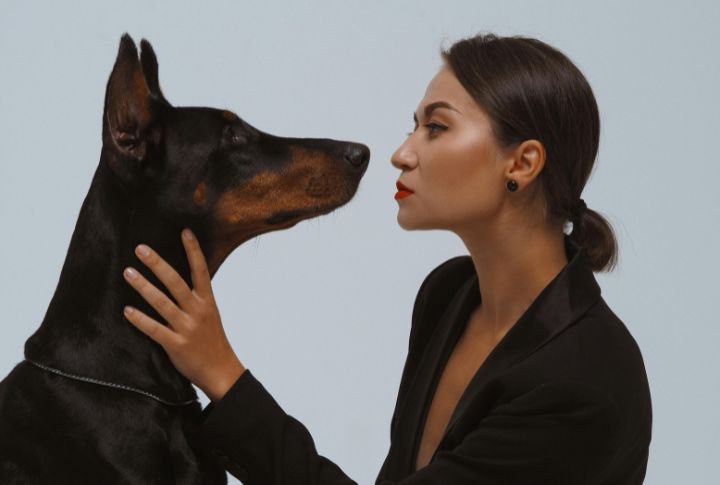
Dogs interpret eye contact differently than humans. A prolonged stare can be taken as a challenge or a form of dominance. While it’s important to keep the dog in your line of sight, avoid staring directly into its eyes. Try to maintain a soft gaze by looking slightly to the side or down at the dog’s body.
Speak Softly and Calmly
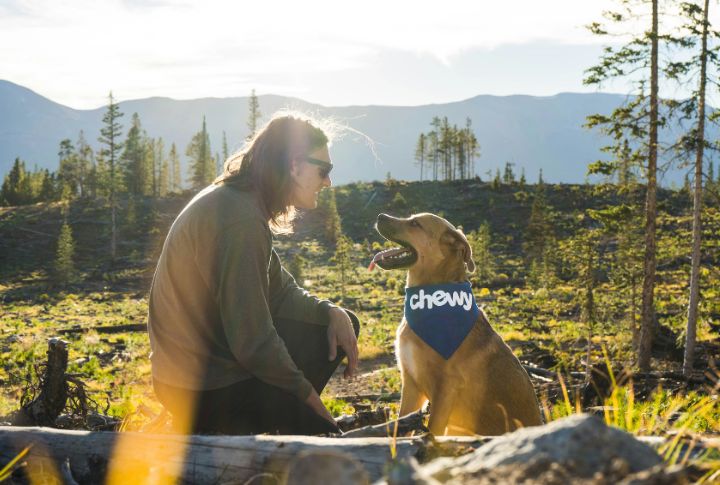
The tone of your voice matters just as much as your body language. Loud, high-pitched tones may excite or agitate a dog, while a calm, low voice can help soothe them. Say simple, friendly phrases like “Good dog” or “It’s okay” in a slow, steady voice. Avoid yelling, as it might frighten the dog or cause it to act defensively.
Move Slowly and Deliberately
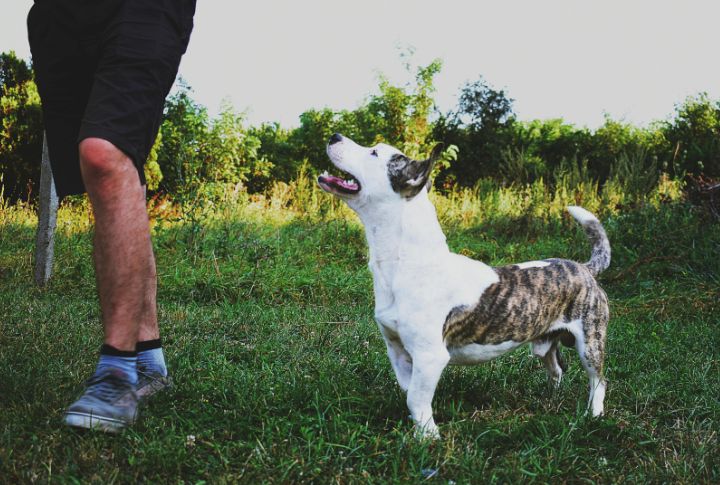
Sudden movements can trigger defensive or playful reactions in a dog. Quick or jerky motions could cause the dog to get spooked, especially if it’s feeling unsure. Make all movements smooth and predictable to avoid startling the animal. This ensures the dog perceives you as calm and non-harmful.
Keep Your Hands in a Neutral Position
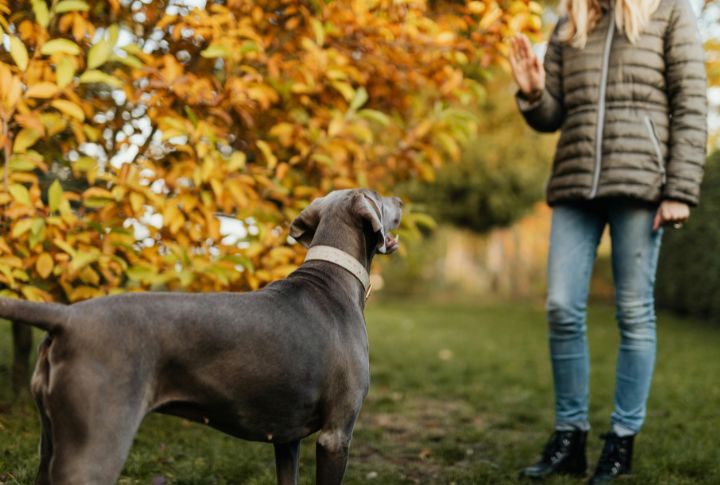
It’s important to show the dog that your hands aren’t an intimidation. Keep them low and visible, but do not reach out toward the dog. Some dogs might get nervous if they see unfamiliar hands coming toward them quickly. Hence, hold your hands calmly at your sides or slightly out in front of you, where the dog can see them.
Allow the Dog to Sniff You
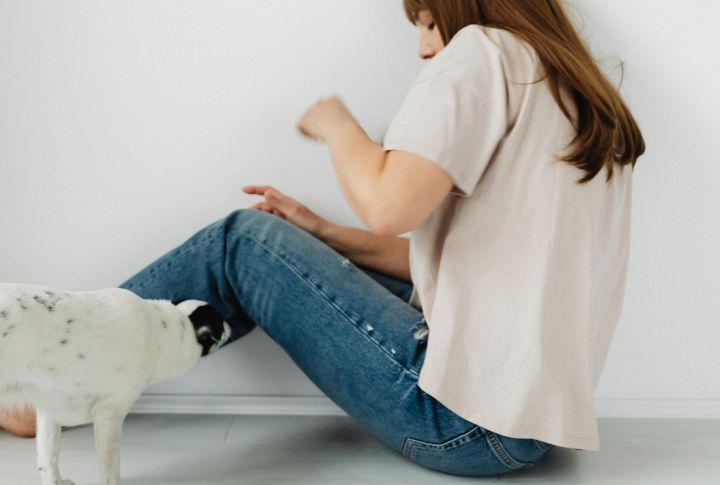
Dogs rely on their sense of smell to gather information. If the dog is curious and approaches closely, give it a chance to sniff you. This helps the dog familiarize itself with your scent. Stay still while the dog does this and resist the urge to pet it unless the dog shows signs that it’s comfortable.
Back Away Slowly
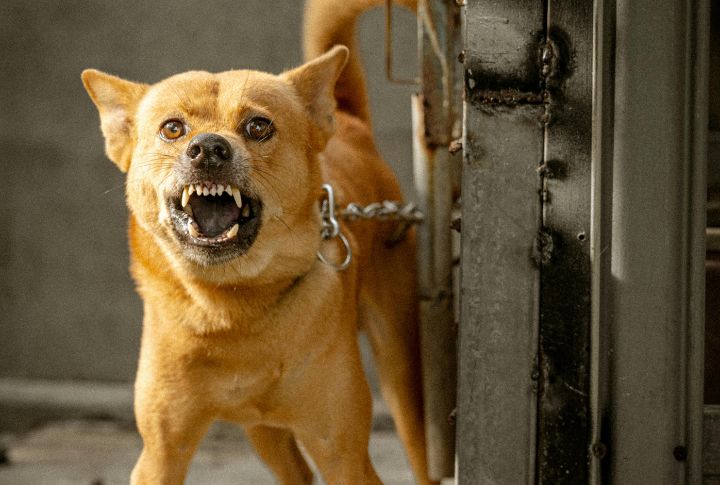
When a dog begins to display warning signs—like growling, showing its teeth, or maintaining a stiff posture—it’s time to carefully remove yourself from the situation. Slowly back away without turning your back on the dog. Keep your movements steady and avoid making any sudden gestures that could alarm the animal.
Find a Safe Barrier
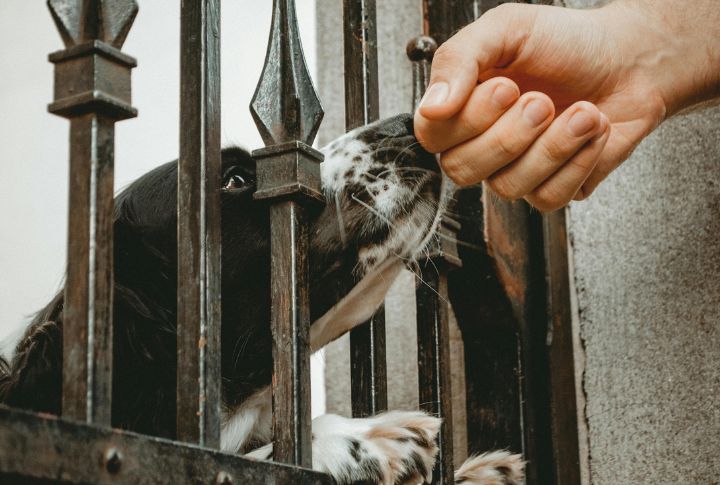
If the situation feels tense and you need to create distance, look for a nearby object to place between you and the dog. This could be a tree, a bench, or even a parked car. A physical barrier can offer you protection and help the dog calm down. Just ensure you don’t corner the dog or block its escape route.
Distract the Dog With an Object
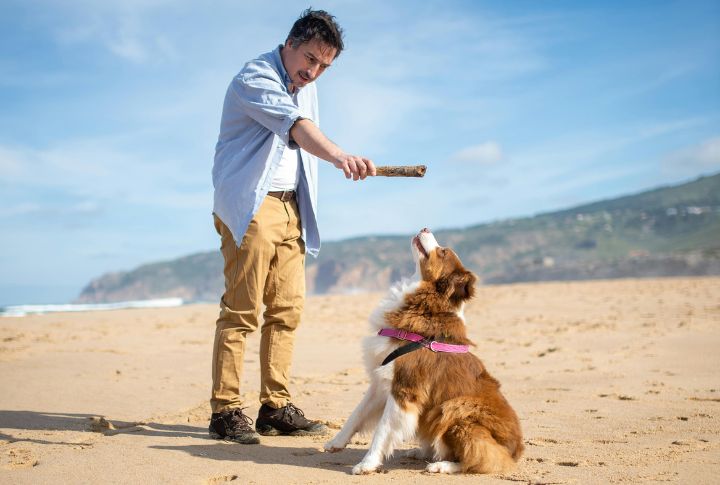
Sometimes, dogs approach out of curiosity or playfulness rather than aggression. If the dog seems energetic or excitable, try tossing an object, like a stick or your hat, to the side. This can redirect the dog’s attention and give you a chance to move away calmly. The method works especially well with younger, playful dogs.
Call for Assistance if Needed
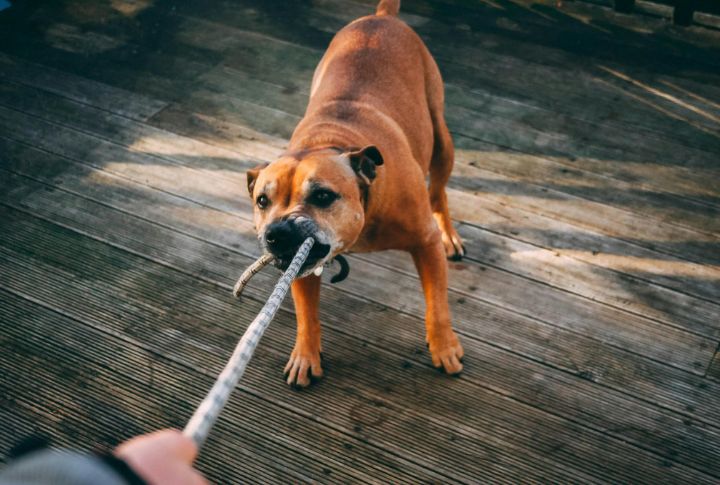
In situations where you feel unsafe or the dog is acting aggressively, it’s important to prioritize your safety, so don’t hesitate to call for help. If you’re near other people, shout out for assistance. It’s better to seek help than to handle an aggressive or dangerous dog on your own.

